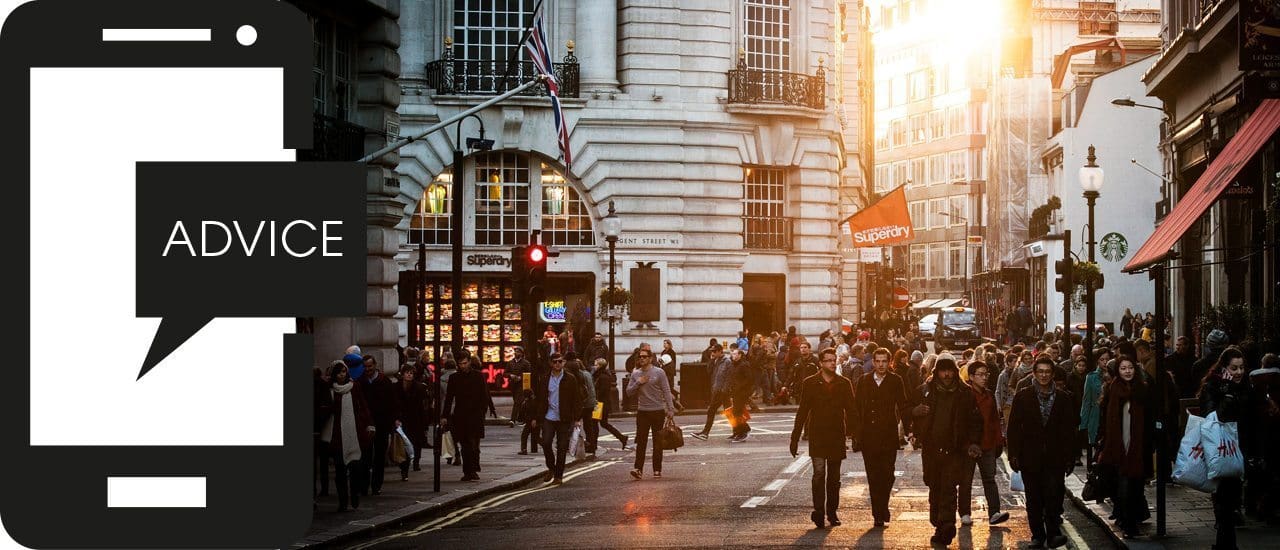
Who are Millennials and why does it seem to be all about them?
The word ‘Millennials’ is used to identify the ‘young adults’ and, in particular, all those born between 1981 and 1995 (aged 21-35). Today they represent 24% of the global population, around a quarter, and definitely appear to be the most desirable, though elusive, target for brands.
These new adults have grown up side by side with modern technologies and it’s not rash to say they represent a sort of ‘bridge generation’ between the old and the new way the world communicates, having fully experienced both ages, before and after the web 2.0 revolution.
The We, More and Now generation
Millennials have some unique features compared to their parents: not only have they a strong social aptitude but they are also particularly interested in buying online, a sharing economy and healthy food habits.
Also called the Y generation (as opposed to their parents’ X generation), a recent Nielsen research has labelled Millennials as “the We, More and Now generation”. Basically this means they value both social and community concepts and they want better and more innovative products, instantly.
Sounds like an impossible challenge for brands? Well, yes and no. It definitely means marketers need to aim for quality when communicating, instead of quantity. Millennials are more aware and critical consumers but they also are a more interactive and engaged audience and communicate through several different channels.
Y generation members love authenticity and appreciate brand storytelling (80% of them, according to the Nielsen study). These young customers have ethical ideals. Smart brands can utilise this as an opportunity to show off their own values and tell their story in an authentic and genuine way.
Whether it is with a Snapchat picture, a tweet or an Instagram video, Millennials like brands that tell their story with transparency and involvement. This unveils their human side and gets them closer to the potentially lucrative Y generation.
Some examples of great storytellers
A great example of this comes from P&G’s “Thank you, Mom” campaign, carried out by the brand for many years and used at every Olympic games. Procter & Gamble presents itself as “proud sponsor of moms” in the campaign, leveraging a genuine human touch to find their way into our emotions.
Google, once again, gives us a further demonstration of how good marketing can be used to convey brand essence and values by simply leveraging people’s experiences. Big G created a viral video in 2013, called “Google Search: Reunion”, telling the story of two old childhood friends that finally met again thanks to the help of their grandchildren and Google’s search engine.
Last but not least, Ikea. Always a great storyteller, the Swedish brand has found a new way to get into its customers’ homes, thanks to an innovative app that uses VR to let you envision how its furniture pieces really look in your living room. Also, the app offers a variety of recipes, photo galleries and videos to inspire your creative moments.
And you don’t need the print catalogue anymore.
In conclusion…
Corporate storytelling is the most effective way to engage young customers. Millennials’ identities are social, in constant evolution and open to influence. Brands that tell good authentic stories about themselves will be able to trigger an emotional response and create an involvement that will ultimately drive the people’s choice.
Great rewards come to great stories!
More Stories
Creation ADM Continues to Win New Clients During Shutdown
Despite the general shutdown period presenting a range of new challenges to the business, the Covid-19 lockdown has not been a hurdle for us –…
Read MoreSimple Ways to Speed Up Your Website
Have you ever visited a website, waited too long for it to load and, impatient, left the site to look elsewhere? Well, if your own…
Read MoreWhy Design Isn’t Subjective
Ok, I can already hear you saying ‘yes it is’ as you debate your favourite colours, car choices or whether anyone really liked Laurence Roderick…
Read More


